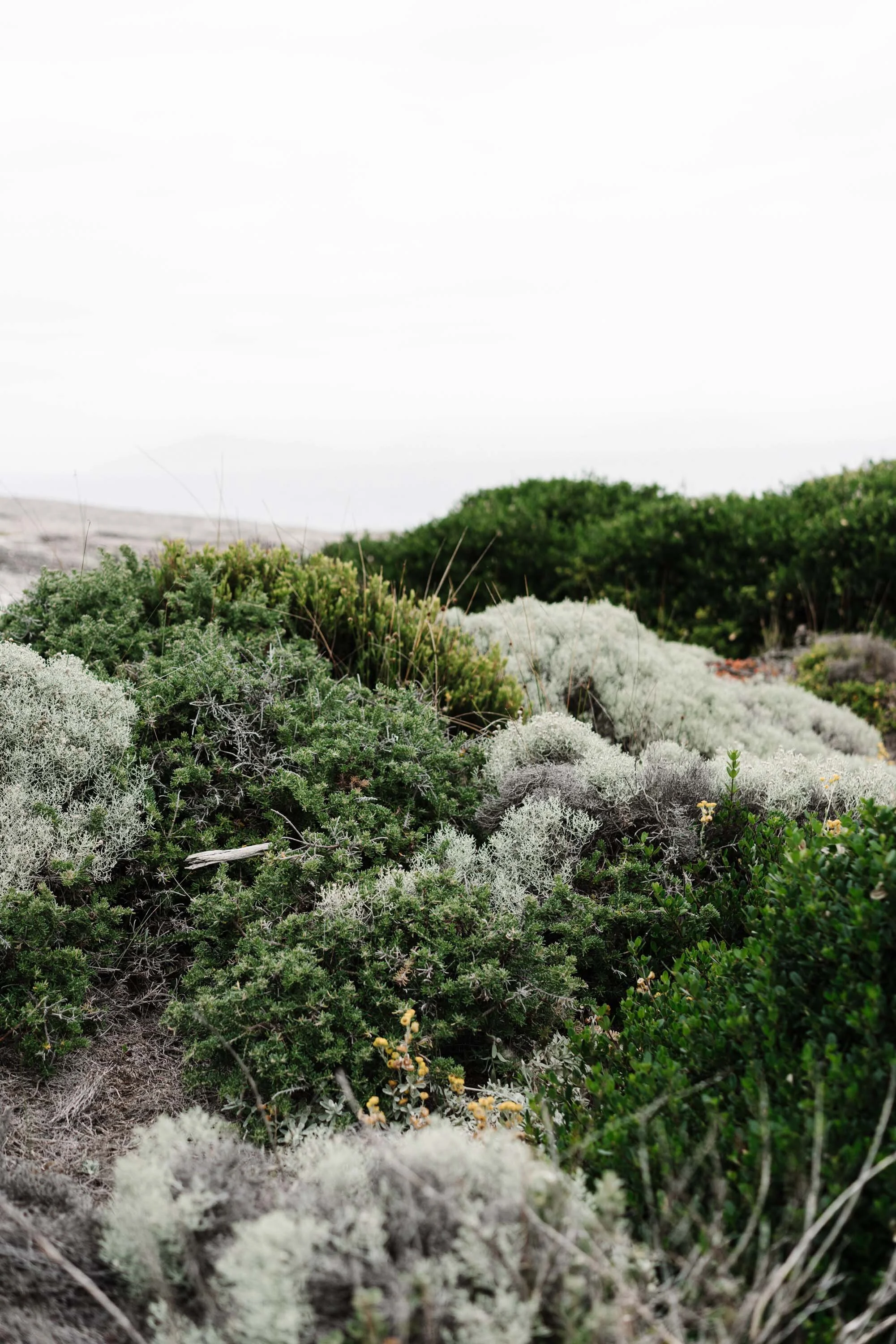How we can make an impact with money (photographer edit)
The world can seem like a pretty bleak place. Whilst there have always been problems, the last few years feel so much closer to home - a global pandemic still raging, wars causing suffering and misery, global supply issues exacerbating economic hardship, and the very real effects of climate change barrelling towards us. We can no longer bury our heads in the sand about climate change, and it blows my mind that humans have caused most of these changes in just 50 years. The only thing we can do to counteract feelings of despair is action. No matter how small the action, it keeps us moving. And even though there have been recent glimmers of hope in our political landscape, it’s still businesses that can lead the way. We can all do better, we can all take action to make a better future for the next generation.
As photographers, a lot of our impact comes from who we choose to work with and how we can promote what they are doing. But something else that we all use, in business and in our personal lives is MONEY. What a powerful statement it can make, with what we choose to do with whatever amount we have. How we generally use money can be broken into five main areas - income, spending, banking, super and giving. Let’s dive into how we can make an impact with money.
Income
A lot of us might not think about this very often - but where is our money coming from? I mean, really coming from? Depending on the industry you’re working in, this can either be controlled by who you decide to do business with, or not so much if you’re consumer facing. If you’re a business offering a service (like us as photographers), who are the clients paying your bills? Are they industries or businesses that are trying to improve the world, or ones that harm it?
The construction industry accounts for almost 40% of global CO2 emissions. We are in a climate emergency and in order to minimise the catastrophic effects of a warming climate, we need to reduce these emissions long before 2050 (ideally right now!). If you’re an architectural photographer, then our work is used by our clients to directly market their services and products to consumers. And if they are contributing to the destruction of the environment and climate change, then we’re playing a part in that too.
If you don’t want to take money from clients who are destructive and you can control who you work with, think about developing some screening questions to ask potential clients. This can be fairly hard as categorising potential clients certainly isn’t a black and white process, but it certainly helps to focus on who you want to work with (and therefore take money from).
It's a luxury to be able to say no to any income, especially in uncertain COVID times. No process is perfect, but for me it's about constant refinement and improvement, and always moving towards where you want to be in the future.
Comms Declare
An easy way to start might be by joining Comms Declare. Declaring for the climate means that your work will not support any activities, organisations or individuals that promote:
the growth of fossil fuels.
high greenhouse gas pollution as ‘business as usual’.
deception, distraction or spin around science or climate actions.
Sign up here. They have a membership fee, but it’s super affordable at $27.50 for individuals or sole traders. They are doing epic work lobbying for the banning of fossil fuel advertising, just like what was done years ago for advertising tobacco companies.
Giving
Can you pledge a small percentage of your profit each year? I joined 1% for the Planet around five years ago, which supports businesses that commit to giving 1% of gross sales each year to their approved nonprofit partners. It’s a great way to connect with non-profits that align with your values, add to your brand story, and publicly show your legitimate commitment.
As part of my B Corp certification I also put in place a formal Charitable Giving Policy. This gave me clarity and structure around who I want to support, and how I can increase my impact. While you don’t have to make such a formal policy, it’s good to spend some time clarifying what you can afford to give away and commit to doing something regular.
Think of a cause close to your heart, or one that aligns with your business or personal values. Maybe you can collaborate with the organisation on other levels, and form an ongoing partnership. And remember, there are other ways to give than monetary - you can donate your time, give your employees time to volunteer, or donate product.
Pro Bono work
Pro bono work is another good way to give back. At the start of 2022 I launched an official pro bono program for charities, not-for-profits (NFP), or Non-Government Organisations (NGO). However, after a year with three intakes, I decided to remove my formal pro bono program. Instead, I decided to focus my pro bono work on areas I’d like to work more in. I found that applicants for my pro bono were very enthusiastic, but often not ready to commit to a photoshoot. So now I target my pro bono work with a handful of non-profits of my choice.
Personal projects and collaborations
Think about your personal skills, passions, or what you offer as a business (whether that be a service or a product or both) – and how that can translate into something specific that is close to your heart, and gives back. I can take photos, so I started a personal project called Prints for Wildlife. I visited wildlife sanctuaries, took a portrait of one animal in care, and 100% of profits from each sale of that fine art print go directly back to that wildlife sanctuary.
Whatever works for your business is the best model, there are no right or wrong ways to give back.
Spending
Where are you spending your money? Are you spending with intention? Are you supporting small, local businesses, or female or diverse/minority owned companies? I just love this quote from Bea Johnson: “Every time we make a decision, we have the power to support a practice that is sustainable or one that is not.”
As photographers, a lot of our expenses are with global software companies, and on hardware that may not be made particularly ethically. Now while we can’t do much about the hardware that we need to run our businesses, we can choose where to buy it from. So rather than purchasing directly from the manufacturer, look for smaller, independent local businesses to support (shout out to Nigel from Croydon Camera House, shoot him an email for all your photography needs!).
Software is much harder, but did you know that WeTransfer is a B Corp? And Goodtel is a carbon neutral, B Corp telco that donates 50% of profits to a charity of your choice. So you help people in need and the environment - just by paying your mobile or internet bill. Think of looking for other alternatives in all aspects of your spending - for instance, Huddle is a certified B Corp and member of 1% For the Planet. You can buy client gifts from businesses like Goodwill Wines where 50% of the profits from your order goes to your selected charity, or Applewood Distillery, which is a certified B Corp gin maker.
Research and knowledge is key - do some digging before you next make a big purchase and find out who you can best support. I’ve also written an Ultimate B Corp gift guide, read it here.
Banking
Do you know what your bank is using your money to fund? A lot of the time we don’t know what (this often big) pool of money is funding. Since 2008, the "Big 4" banks (Westpac, Commonwealth, NAB and ANZ) have loaned almost $19 billion to new coal and gas projects in Australia.
Until a couple of years ago, my banking wasn’t aligned with my values. When I first started thinking about doing my B Corp, I switched to Bank Australia. They are an Australian customer-owned bank (also a Climate Active B Corp) that doesn’t invest in fossil fuels, live animal exports or the arms trade (yes, other banks do!).
Find out what your bank spends your money on. And why are you with that bank? Did you choose it, or were you signed up for a Dollarmite account when you were a kid and just never changed?
Super
Australians have around AU$3.3 trillion in superannuation assets, making Australia the 4th largest holder of pension fund assets in the world.
Superannuation money is your money. It’s up to you what you invest it in. It can fund the destruction of our planet or build regimes of oppression. Or it can build renewable energy solutions, and invest in healthcare and sustainable companies.
It's so easy to stay with the first super company your first job ever signed you up to. But it's also so easy to change where your super is invested. Money talks.
I have held all my super in Australian Ethical Super since I was in my twenties, and it's one of the most well-known and well-performing ethical super funds. There are other good options around though, including specific investments within your existing fund, or Future Super is another popular one. Verve Super is Australia's first super fund tailored specifically towards women, but is still relatively new.
Take a look at your super and what your money is being invested in, and make sure it aligns with your values. Oh, and roll it all up together (think compound interest!).





